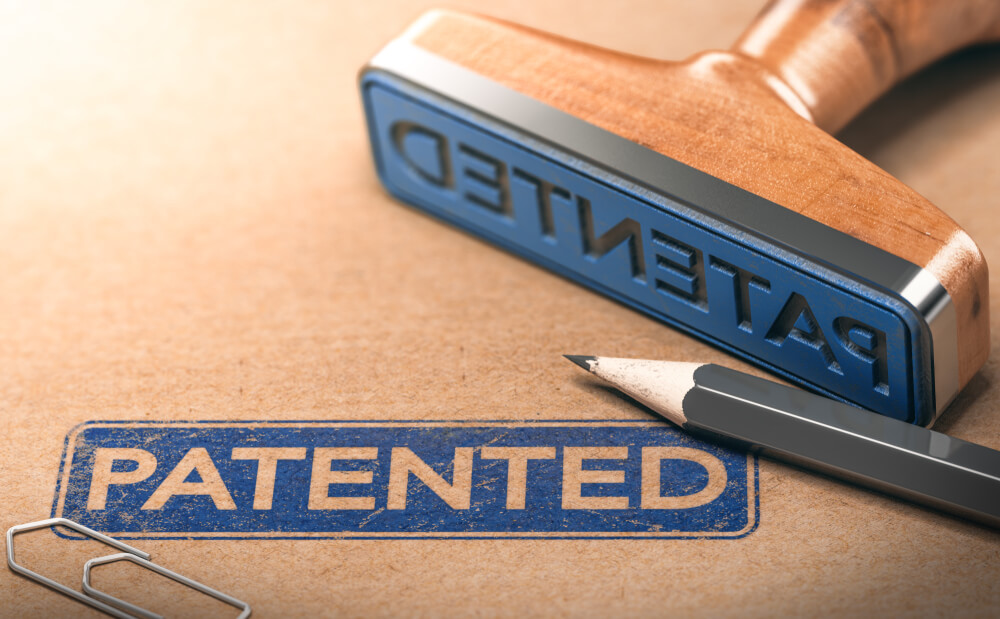Patents serve as crucial legal protections for inventors, granting exclusive rights to their creations for typically 20 years. However, navigating patent law requires understanding precisely what qualifies for protection and what doesn’t. This comprehensive guide explores patentability criteria in depth, helping inventors, startups, and businesses effectively protect their intellectual property while avoiding common pitfalls.
You can find professional help and handy tools for effective IP management on the iPNOTE https://ipnote.pro/services/patent-registration/. This is an AI-based platform where you can find experienced in your sphere IP-lawyer worldwide. Working with us is up to 5 times more budget-friendly than working with large law firms.
Understanding the Patent System
The modern patent system balances two fundamental objectives: rewarding innovation while promoting public knowledge. When granted, patents provide inventors with temporary monopolies on their inventions, typically lasting 20 years from the filing date for utility patents. In exchange, inventors must fully disclose their inventions, contributing to technological advancement.
Recent statistics from the World Intellectual Property Organization (WIPO) reveal interesting trends:
- Global patent filings reached 3.4 million in 2022, a 1.7% increase from 2021
- The United States leads in patent applications, followed by China and Japan
- Computer technology dominates patent filings, accounting for 10.4% of all applications
Detailed Examination of Patentable Subject Matter
Utility Patents: Protecting Functional Innovations
Utility patents, the most common type, cover:
- Machines and mechanical devices (e.g., a new type of electric motor)
- Manufactured articles (e.g., innovative smartphone components)
- Compositions of matter (e.g., new pharmaceutical compounds)
- Industrial processes (e.g., novel manufacturing techniques)
A notable case study involves the pharmaceutical industry, where patents protect drug formulas while allowing generic versions after expiration. This system has enabled life-saving medications while controlling costs long-term.
Design Patents: Safeguarding Aesthetics
Design patents protect ornamental designs rather than functional aspects. Key considerations:
- Must be applied to a functional article
- Protection lasts 15 years from grant (U.S. system)
- Examples include the iconic Coca-Cola bottle shape and Apple’s rounded iPhone corners
Plant Patents: Specialized Protection
Plant patents cover:
- Newly developed plant varieties
- Asexually reproduced plants (through cuttings or grafting)
- Distinctive characteristics like disease resistance or unique appearance
The Novelty Requirement: Beyond Basic Newness
Establishing novelty requires careful analysis of “prior art,” which includes:
- Previously issued patents
- Published patent applications
- Academic journals and conference proceedings
- Public demonstrations or sales
The America Invents Act (AIA) of 2013 shifted the U.S. to a “first-to-file” system, aligning with most other countries. This change emphasizes the critical importance of timely filing, as even an inventor’s own public disclosure can become prior art against their subsequent application.
Non-Obviousness: The Subtle but Critical Standard
The nonobviousness requirement often proves most challenging for applicants. Patent examiners evaluate whether the invention would have been obvious to “a person having ordinary skill in the art” (PHOSITA) at the time of invention. Factors considered include:
- The scope and content of prior art
- Differences between prior art and the claimed invention
- The level of ordinary skill in the pertinent art
- Secondary considerations like commercial success or industry praise
A landmark case, KSR v. Teleflex (2007), tightened non-obviousness standards, making it harder to patent combinations of existing elements unless they produce unexpected results.
Utility Requirement: Practical Applications Matter
The utility requirement ensures patents cover genuinely useful inventions. For biotechnology and pharmaceutical patents, this often requires:
- Substantial and credible utility
- Specific and substantial utility
- Well-established scientific principles
The USPTO may reject applications for inventions that:
- Violate laws of physics (e.g., perpetual motion machines)
- Provide only speculative benefits
- Offer trivial improvements with no real-world value
Emerging Technologies and Patent Challenges
Artificial Intelligence and Machine Learning
The patent landscape for AI inventions continues evolving:
- Pure algorithms remain unpatentable
- AI applications solving technical problems may qualify
- The USPTO has issued specific guidance on AI patentability
Blockchain and Cryptocurrency
Patentability depends on:
- Technical implementation details
- Novel solutions to computing problems
- Concrete applications beyond financial transactions
Green Technology
Many jurisdictions offer accelerated examination for environmentally beneficial inventions, recognizing their societal importance.
International Patent Considerations
The Patent Cooperation Treaty (PCT) streamlines international filings, but key differences remain:
- European patents prohibit software patents more strictly than the U.S.
- China has become increasingly strict on patent quality
- Some countries exclude medical methods entirely
Prosecution Strategies for Stronger Patents
To maximize patent strength:
- File provisional applications to establish priority dates
- Conduct thorough prior art searches before filing
- Draft claims carefully to cover the invention broadly while avoiding prior art
- Consider international protection early in the process
- Monitor competitors’ filings to identify potential conflicts
Common Mistakes to Avoid
- Public disclosure before filing (except in grace period jurisdictions)
- Inadequate documentation of the invention process
- Overly broad or vague claims that invite rejection
- Missing deadlines for maintenance fees or responses
- Neglecting freedom-to-operate analyses before commercializing
The Future of Patent Law
Emerging trends include:
- Growing debate over patent eligibility for AI-generated inventions
- Increasing harmonization of international patent standards
- Tension between patent protection and access to medicines
- Evolving standards for software and business method patents
Conclusion: Strategic Patent Protection
Understanding what can and cannot be patented forms the foundation of effective intellectual property strategy. By meeting the key criteria of patentable subject matter, novelty, non-obviousness, and utility, inventors can secure valuable protections for their innovations. As technology continues advancing, staying informed about evolving patent standards remains crucial for maintaining competitive advantage.
For businesses and inventors, the patent process represents both a legal requirement and strategic opportunity. Those who master its complexities can build formidable IP portfolios that drive innovation, attract investment, and create lasting market advantages. Consultation with experienced patent professionals remains the surest path to navigating this complex but rewarding landscape successfully.

